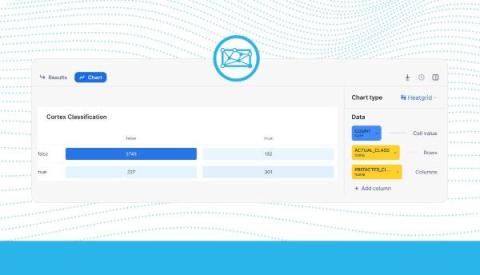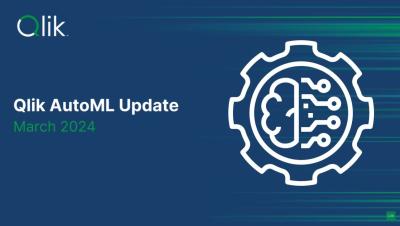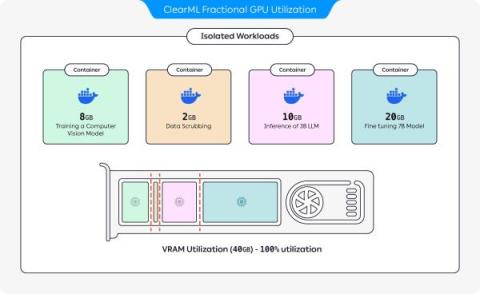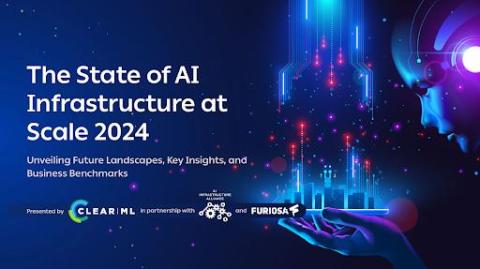Why RAG Has a Place in Your LLMOps
With the explosion of generative AI tools available for providing information, making recommendations, or creating images, LLMs have captured the public imagination. Although we cannot expect an LLM to have all the information we want, or sometimes even include inaccurate information, consumer enthusiasm for using generative AI tools continues to build.










